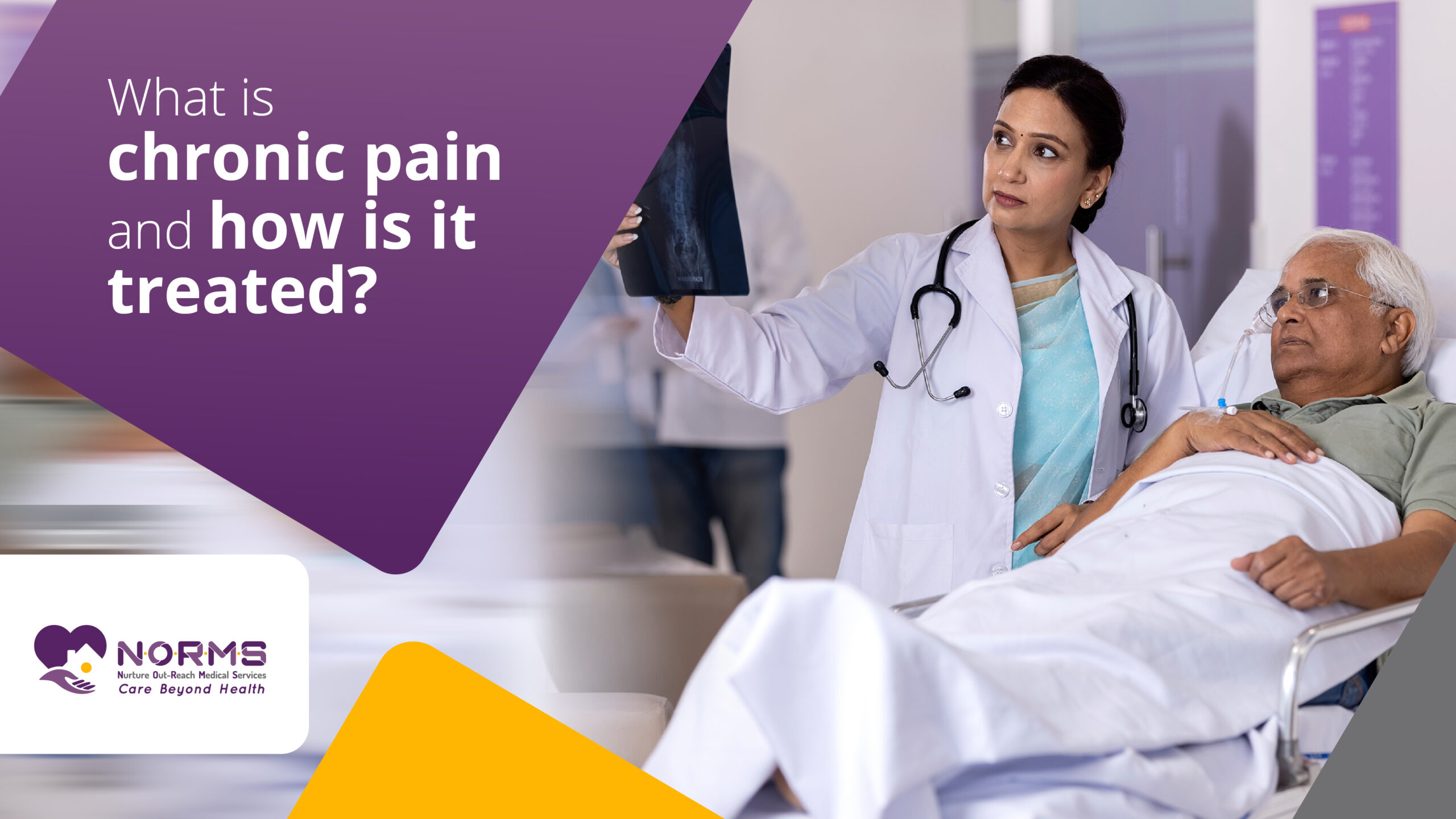
What usually happens when people get more and more every day older, is that they have to deal with a mix of health issues like chronic pain that can significantly impair their quality of life. Chronic pain is a complicated problem that many elderly people around the globe experience, generating physical discomfort, restricted movements, and other distressing conditions.
The goal of this article is to educate the public on the prevalence of certain chronic pain conditions among aged individuals and look into possible ways of management and relief.
Chronic pain is an ongoing kind of discomfort which occurs for over three to six months after your injury or illness, only in this case, the problem has not healed. Different from acute pain, which essentially alerts the tissue damage, chronic pain can be the condition by itself whose various aspects could be handled by all the complex and multi-factor situations, including the physical, psychological and social functions.
It may adversely affect the person’s expected way of life, creating the possibility of permanent disability, sensory impairment, and a host of functional limitations. The adequate treatment of chronic pain is mostly about multidisciplinary methods in which some of the methods may involve medication, physiotherapy, psychological therapies, lifestyle just to mention as some of the example, and in a few cases, some surgical or interventional options are required to eliminate the symptoms and improve the patients wellbeing.
Osteoarthritis is the most widespread form of arthritis among older adults as opposed to other forms of arthritis which is a degenerative process that involves the breakdown of joint cartilage and joint bone. Arthritis often had occurrences in joints of the knees, hips, hands and spine. People with osteoarthritis can experience symptoms like pain in their joints, stiffness, swelling and decreased range of motion capability.
Rheumatoid arthritis is a particular type of systemic autoimmune disease, which includes chronic inflammation of the joints, leading to symptoms such as pain, swelling, and stiffness. Hence, when compared to two of the most common forms of arthritis i.e. osteoarthritis and rheumatoid arthritis, rheumatoid arthritis may show symptoms in any joints in your body rather than only in those at weight-bearing sites such as hips, knees, hands, feet, and elbows.
Chronic back pain, almost a disease now, is usually due to degenerative changes of the spine, including disc herniation, stenosis of the spinal canal, or osteoarthritis of the facet joints. Back pain can be mild as a dull and achy sensation or severe leading to severe pain, affecting walking, and balance. It is also usually difficult to perform daily activities.
Peripheral neuropathy, a disease involving the distribution of pain and numbness to the legs and feet, presents symptoms of burning pain, numbness, reduced strength, and tingling. Diabetes and infections are the main reasons of age-associated neuropathy including chemotherapeutic agents and a variety of and other pathologies.
Fibromyalgia is a chronic pain syndrome condition in which there are muscle aches and muscle pain about the body parts, fatigue problems, sleep disorders, and cognitive impairment problems. The fibromyalgia causes have not been isolated, although the central nervous system’s pain processing problems are believed to contribute to it.
The term degenerative disc disease implies a slow process of softening and deterioration of the cushioning pads placed between the vertebrae of the spine, which is accompanied by pain, stiffness and reduced mobility. Some of the usual reasons for the appearance of the problem are age, heredity and structural stresses.
NSAIDs, opioid analgesics, and acetaminophen might be recommended as open-ended medicines to wind colon diseases such as osteoarthritis and rheumatoid arthritis. On the other hand, prescription opioids are recommended only when needed for a longer period of time and due to the hazard of dependence and other negative effects.
Along with the other physical therapy treatments, physical therapy represents an important element of chronic pain management through improving strength, flexibility and joint mobility. The employment of therapeutic exercise, manual therapy techniques and application of the heat or cold are one of the approaches to reduce pain and promote function restoration.
Maintaining a healthy standing lowers and alleviates the pain threshold, stimulating health and vitality. This includes having a balanced diet, regular exercise, practising stress reduction methods, and to avoid smoking in excess or excessive alcohol consumption.
In the case of the treatments neglecting to provide sufficient pain relief, furthermore interventional procedures such as corticosteroid injections, nerve blocks and radiofrequency ablation will be considered to address the specific sources of pain and inflammation problem.
The chronic pain illnesses often occur in the older population and may become the main cause for the worsening or deteriorating state of the life. The overview of main common chronic pain states associated with ageing and its management lead to cancer, which in turn is the one of the most successful ways for the people to be able to release their pain and improve the functionality and quality of life.
It is not unusual for elderly people to find out that they have developed a chronic pain problem caused by age-related changes to the body and often chronic health conditions. Because pain is not a normal or inevitable part of ageing. Right supervision and administration, better pain relief. Also, better quality living.
Not only is adopting a healthy lifestyle including regular exercise and leading an active life, maintaining a good and balanced diet, managing stress, and quitting smoking and drinking in excess advisable but they also will help concerning chronic pain reduction and that of improving life quality.
3. What are recommendations of the new treatment I should consider for my chronic pain?
Therefore, collaboration with health practitioners like primary care doctors, physiatrists, physical therapists and other team members in the health care sector is critical to ensure that a treatment plan that you own and meets your individual needs and definition of success is developed.